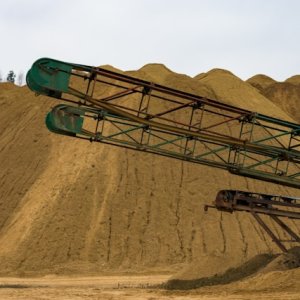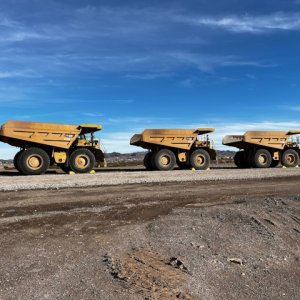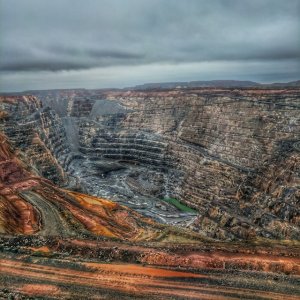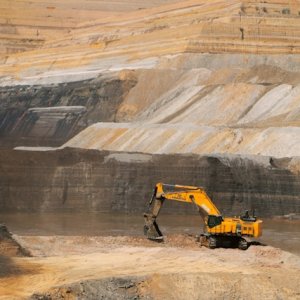
Ready to Detonate Coahuila’s Unconventional Potential
Given the similarities between mining operations and shale gas extraction, mining companies in the north of Mexico have shown interest in helping the development of the country’s shale segment. Their experience seems to be a good fit for the execution of exploration and production of unconventional hydrocarbons. Rogelio Montemayor Seguy, a former Governor of Coahuila and former CEO of PEMEX, has taken on the task of promoting the Coahuila Mining-Hydrocarbon Cluster. This initiative is intended to push the development of the energy sector in Mexico’s northern region, with its wealth of carbon deposits. This was inspired by PEMEX having identified five provinces with high unconventional hydrocarbons potential, including the Burgos Basin and the Sabinas-Burro-Picachos Basin in Coahuila. The Mexican oil company has also directly stressed the potential of shale gas in the extension of the US Eagle Ford formation and the Burgos basin across Nuevo Leon, Coahuila, and Tamaulipas. To further highlight the potential of the aforementioned shale reservoirs, Montemayor Seguy sees Texas as a model to follow for Coahuila. “It already has 843 drilling platforms and 9,000 wells dedicated to the exploration and exploitation of fields with an unconventional hydrocarbon profile. The US shale boom was mainly led by SMEs inviting mining companies that fit the bill to join them to hurry along the development of the unconventional market,” he explains.
The goal of the cluster is to promote, through cooperation, the creation of better technical, economic, market, and regulatory conditions to take sustainable advantage of the mining and hydrocarbon resources in the area. According to Montemayor Seguy, the northern and carbon-rich regions in Coahuila have value chains integrated by suppliers, heavy machinery, public services, infrastructure, and transportation organisms. These are all ideal for the development of a collaboration program between mining and petroleum companies to extract natural resources. According to a recent analysis carried out by BBVA Compass, the market changes brought about by the Energy Reform could net between US$20-30 billion in FDI annually for Mexico, which is mainly expected to flow toward the development of the deepwater and unconventional segments. The cluster is a local effort to seize certain opportunities brought by the aforementioned Reform, as the participation of the private sector in the hydrocarbon value chain is at the core of this initiative. Montemayor Seguy is approaching private companies to join the cluster in regional meetings where state authorities, businesspeople, and educational institutions present the initiative’s objectives, scope, and benefits. On the academic side, the Coahuila Autonomous University has played an active role in promoting the cluster, while researchers from IMP and members of CNH have also pitched in to help. Representatives from both institutions led by Guillermo Domínguez Vargas, Commissioner of CNH and former Director of Petroleum Operations of the Hydrocarbon E&P Division of SENER, have delineated an operation strategy with Montemayor Seguy to grasp the opportunities coming to Coahuila.
In order for the cluster to function properly, six committees have been established: Human Resources, Infrastructure, Environmental Affairs, Technology and Innovation, Superficiary Rights, and Supplier Relations. The latter is in charge of ensuring Coahuila-based companies seize business opportunities in the hydrocarbon and mining sectors. This committee plans on creating an inventory of those companies interested in being suppliers for the new cluster, as well as identifying the specific needs of each provider. However, this division will also spot existing suppliers and help them expand their operations. Development bank NAFINSA and Banorte have subscribed to this committee to foresee the financial requirements of the companies that will participate in the cluster. The duties of the Technology and Innovation committee, headed up by the Coahuila de Zaragoza Science and Technology Council (COECYT), include helping members of the cluster improve productive processes through technological development and providing training in this area.
The Infrastructure committee will ensure that the region’s infrastructure needs are met. To do so, it will communicate with municipalities to enlist the necessary resources needed to develop said infrastructure. Thorough studies will be carried out by the Human Resources area to determine the regional level educational capacity and identify which skills can be translated into educational degrees or certificates. “The cluster will continue to gather momentum, and meetings with the Coahuila government and leading executives of several private companies in the mining sector are progressing to hasten the mass development of shale and give birth to Coahuila and Mexico’s own shale boom,” concludes Montemayor Seguy.
















